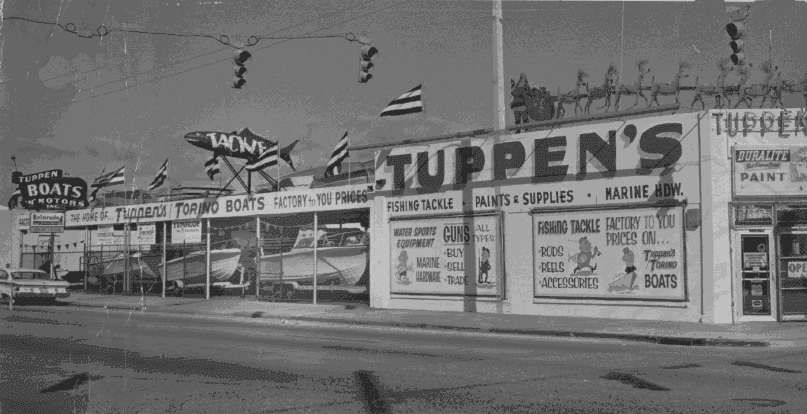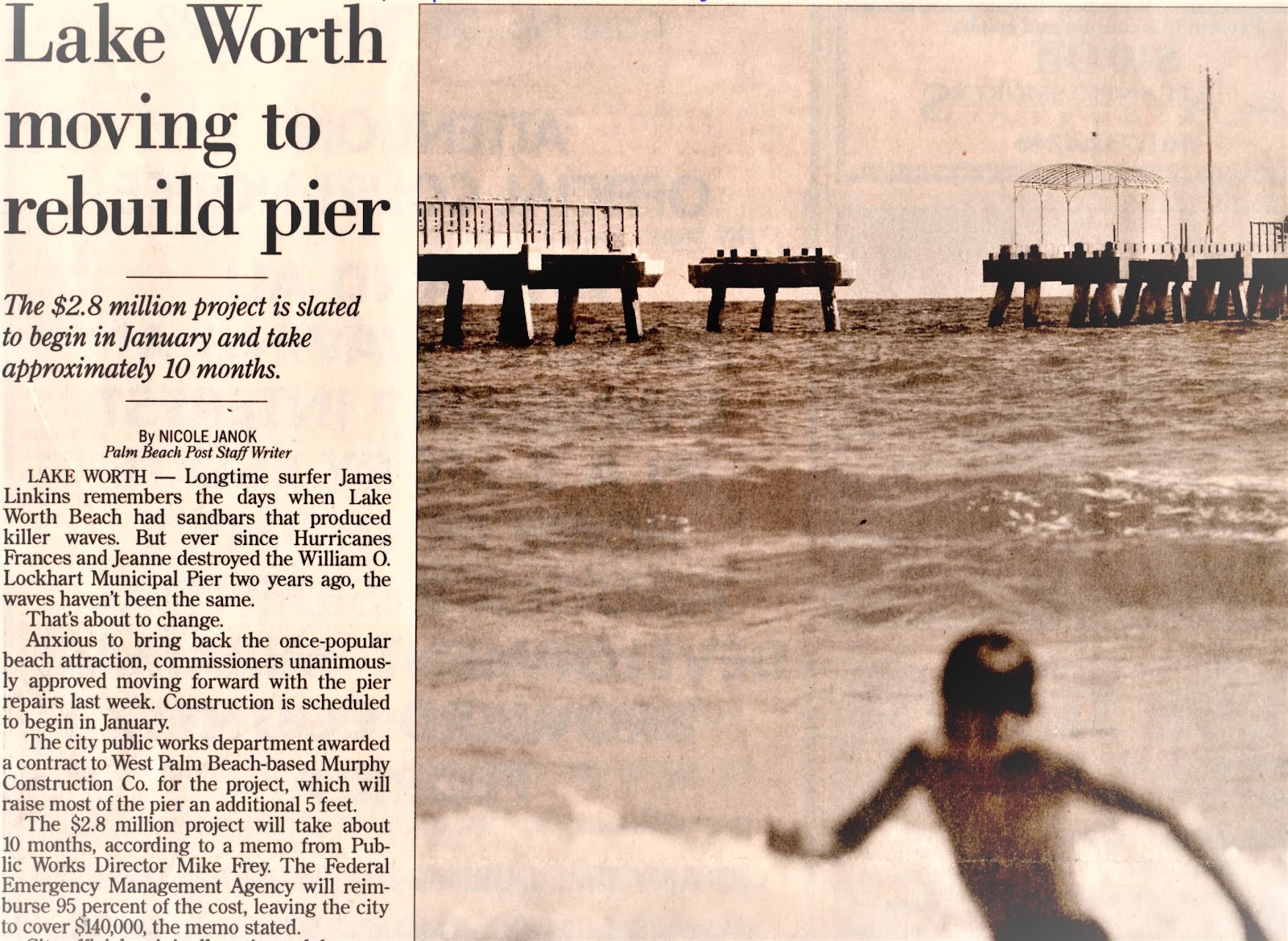In order to make the most informed decision possible, the City Commission should look at all the potential outcomes and unintended consequences, before making a decision to separate board functions. I will introduce some of them here that I have thought of after having put together the letter to the City Commission on the topic. Many of them relate to maintenance and house-keeping of our existing code and what makes up our current districts.
But, before I do that, I also want to state that if we are clear in our purpose that this will improve the quality of decisions made as it relates to the protection of historic resources within the City - then let's do it and do it right.
If we are doing it just so that a select group of CAVE (Citizen's Against Virtually Everything) people can be on a Board - whose job is to say "no" to redevelopment in the City - then we shouldn't do it at all. All that would do is create another warring party within the City's structure and if there is one thing this City needs less of is internal fighting and more proactive steps to really contribute positively to Lake Worth's quality of life. Hopefully, the City would have enough qualified applicants to meet the standards for Certified Local Government status (what's this? - Refer to Frank Palen's letter in previous post)
From City of Lake Worth Code of Ordinances 23.27.03.00. Historic resources preservation board: "To meet the requirements of the certified local government program and to carry out its responsibilities under this article, the membership of the HRPB shall include, to the extent available, members from the disciplines of architecture, architectural history, planning, archeology or related fields. At least two (2) members of the HRPB shall be experienced in the areas of real estate sales, land development, banking or law. The city commission shall determine whether or not the existing members of the HRPB meet the requirements of the certified local government program and may appoint up to two (2) additional members to the HRPB if needed."
By the way, a good on-line resource and access to the complete City of Lake Worth Code of Ordinances can be found at municode.com
So, while we are creating a new Historic Preservation Board, here are some additional things that we can do and should watch out for:
- Part of the Certificate of Appropriateness (COA) requirements for demolition includes the requirement that a concurrent COA application for new development be considered at the same time. This is done to prevent "speculative" demolitions. How will this be handled administratively and be done in coordination with perhaps other review and approval by the Planning and Zoning Board, and/or the City Commission if a zoning or a land use plan change are involved? This is where the time factor and integration of various iterations of alternative plans could result in a less then favorable result.
- At one of our recent meetings, we had a long discussion about the Board's role in levying fines against violators of the historic preservation ordinance. It has been the interpretation of the City Attorney that the Board has the authority to do so. We have to realize that this approach does not allow the City to "lien" the property in order to collect fines. It also doesn't allow for the accumulation of fines over time. Those powers are reserved to actions taken on by the Code Enforcement Special Master. It would be my recommendation that violations to the historic preservation ordinance be handled through the City's established code enforcement procedures. The code should be revised to clearly reflect this.
- We need to perform the following duties as it relates to the maintenance of our six (6) existing historic districts: Update each district to reflect the number of years that have passed since the establishment of a district. If a district was established eight years ago, we need to go through the list of structures, contributing or non-contributing, and determine if any may now be considered contributing due to the fact that they are now 50 years old or older - perhaps they weren't eligible to be contributing due to their age at the time of the original survey.
- We need to "re-check" the original surveys to make sure that the designation of contributing vs. non-contributing structures really is an adequate reflection of the importance to the integrity of the historic district they are in. Many times we have questioned whether or not a structure that was a subject of a COA request was contributing or vice versa. Apparently, some of the original surveys were "drive-bys" and their accuracy is in doubt.
- We need to - immediately, whether we create a new board or not - shore up the designation of each one of our existing districts in light of a technical weakness in the procedure establishing the districts. If we can do it with the revised information, fine. If not, we need to go ahead with this right now.
- We need to get the two districts that we surveyed, bought and paid for, off the shelf that cover the area in the center of the City, north and south of Lake and Lucerne Avenues and west of Dixie Hwy. Previous Commissions indicated that they didn't want to go forward with these designations, with one Commissioner saying the memorable "Let's start the bulldozers". If the Commission's attitude is different now, then it is time to move forward with designation of these districts.
- We need to examine, with factual data, the impact of some of the historic districts extending along our major thoroughfares and whether or not it makes sense to make some adjustment in the boundaries.
- I am in the process of compiling data regarding demolitions and relocations of historic structures, over time, where new development was involved. I think that the Board's actual record is better than its perceived record. I may be wrong, but only the facts will show the reality, not some person's opinion on our record of preserving the City's historic resources.
- If the City is really serious about promoting and identifying its historic districts, then it needs to abide by the following section of the code: (two examples from West Palm Beach shown below)

 23.27.04.11.Standardized street signs. Within two (2) years following official designation of a historic district, the city shall install standardized street signs which identify its boundaries. The design of standardized historic district street signs shall be reviewed and approved by the HRPB prior to manufacture and placement. A possible way to fund this would be to charge a materially significant amount for demolitions of structures.
23.27.04.11.Standardized street signs. Within two (2) years following official designation of a historic district, the city shall install standardized street signs which identify its boundaries. The design of standardized historic district street signs shall be reviewed and approved by the HRPB prior to manufacture and placement. A possible way to fund this would be to charge a materially significant amount for demolitions of structures. - We also need to be serious about the creation of design guidelines and how they will be able to guide compatible and harmonious redevelopment within our historic districts. Right now, we have design guidelines for College Park (only they primarily deal with streeetscape) and we have the Major Thoroughfare Guidelines, which also apply to the Downtown. We need to establish the same guidelines for the other four, soon to be six, historic districts. See code section: 23.27.04.15.Design guidelines. The HRPB may recommend to the city commission supplemental design guidelines which will apply to proposed changes in the exterior appearance of individual landmarks or of buildings or structures in historic districts. The purpose of the design guidelines is to conserve and enhance the special aesthetic, historical and cultural character of the landmark or the historic district. Once adopted by the city commission, these guidelines will supplement the land development regulations applicable to the site or sites within a district. Guidelines may be amended from time to time as provided herein, and may be published in the form of a manual. Guidelines may govern any aspect of physical design, including but not limited to architectural and aesthetic character, site design, site layout or landscape design. If a conflict exists between the standards proposed in the design guidelines and the standards in the underlying zoning district, the standards in the design guidelines shall take precedence.
- "Political advertisement paid for and approved by Wes Blackman for Commissioner – District #3"
-







